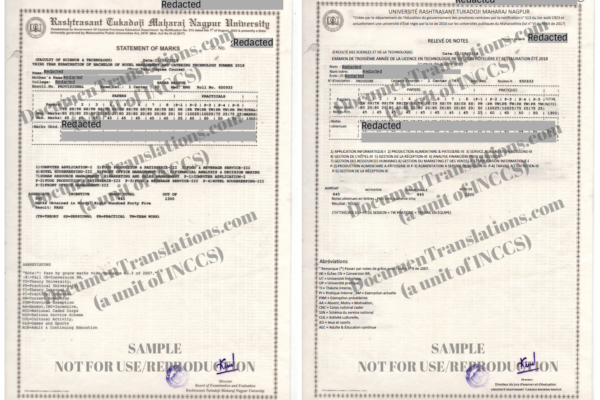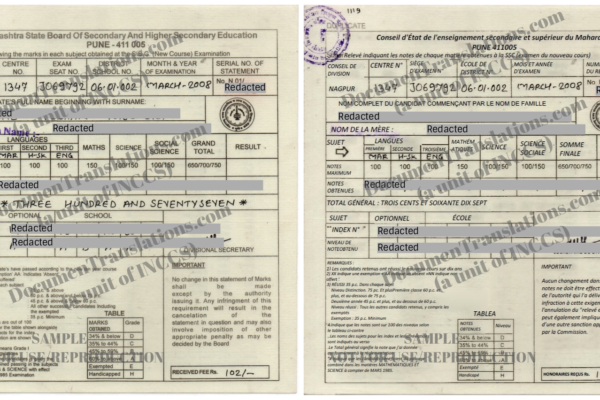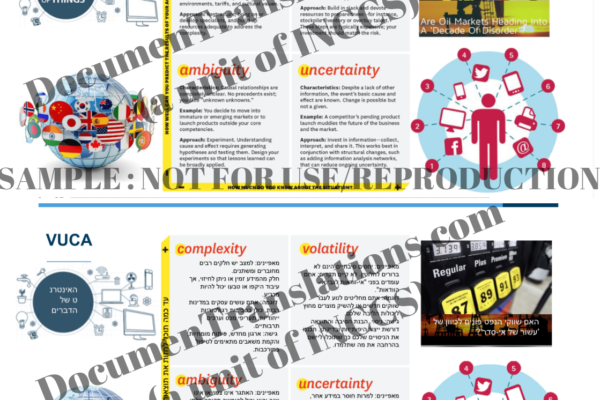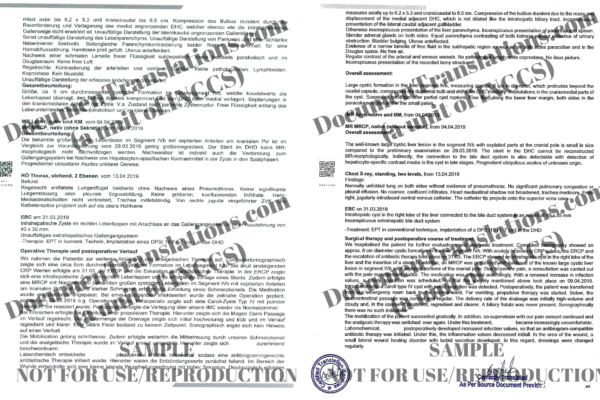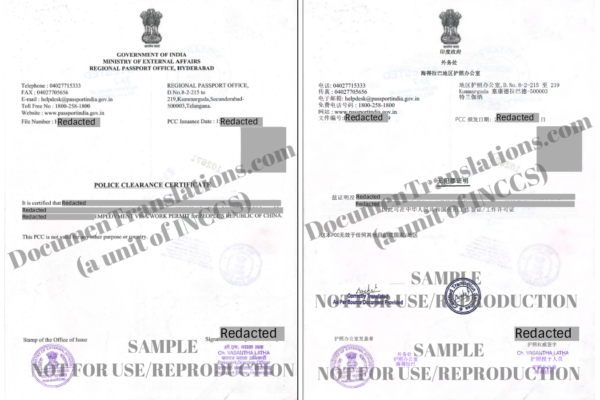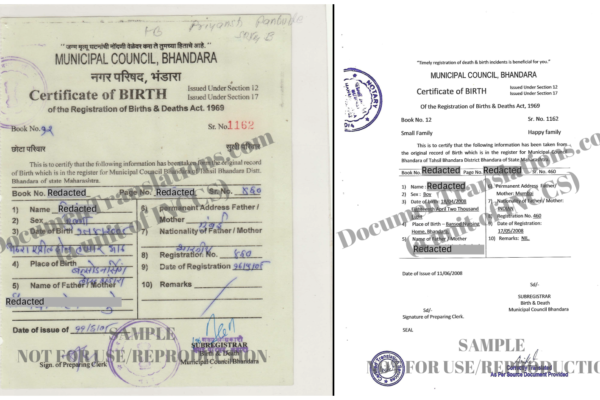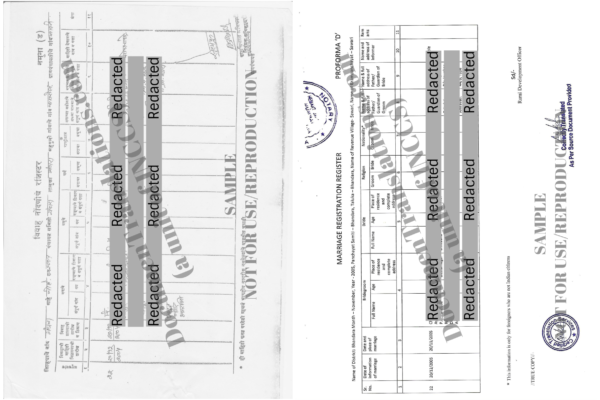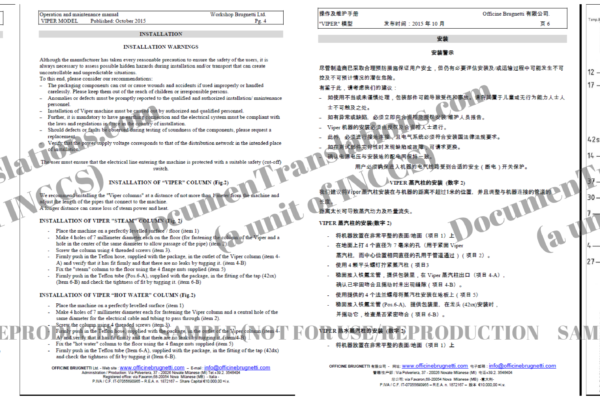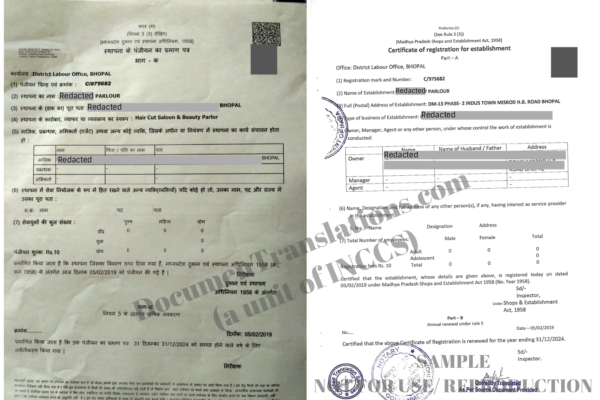Tamil Translation Services
In the recent past, we have been getting many queries as to what are the language pairs we offer translations to and from Tamil. To know why that maybe and the answer to what Tamil translation services we offer, read on below.
About Tamil
Tamil (தமிழ்) is a Dravidian language predominantly spoken by the Tamil people of India and Sri Lanka, and also by the Tamil diaspora, Sri Lankan Moors, Burghers, Douglas, and Chindians. Tamil is an official language of two countries, Sri Lanka and Singapore. It has official status in the Indian state of Tamil Nadu and the Indian Union Territory of Puducherry. It is also used as one of the languages of education in Malaysia, along with English, Malay and Mandarin. Tamil is also spoken by significant minorities in the four other South Indian states of Kerala, Karnataka, Andhra Pradesh and Telangana and the Union Territory of the Andaman and Nicobar Islands. It is one of the 22 scheduled languages of India.
Growing requirement for Tamil translation services
Latest research reveals that India is set to become the third largest consumer market by 2025. Rising affluence will make India the third-largest consumer market by 2025, making it imperative for companies to adapt their business models for meeting the changing customer needs. Consumption expenditure will increase three times to hit $ 4 trillion by 2025, according to a report by the Boston Consulting Group. India’s rising status as a consumer-country is attractive to global marketers who are trying to make inroads into the country before competition heats up. A sizable chunk of our Tamil translation services requirements relate to translation of marketing brochures into Tamil, translation of websites into Tamil, translation of manuals into Tamil, and translation of press releases into Tamil for brands eyeing for consumer recognition.
While India is a fast-growing consumer country, it is not lagging behind when it comes to selling. As per latest research, manufacturing has emerged as one of the high growth sectors in India. Prime Minister of India, Mr Narendra Modi, had launched the ‘Make in India’ program to place India on the world map as a manufacturing hub and give global recognition to the Indian economy. India is expected to become the fifth largest manufacturing country in the world by the end of year 2020. The Government of India has set an ambitious target of increasing the contribution of manufacturing output to 25 per cent of Gross Domestic Product (GDP) by 2025, from 16 per cent currently. Besides manufacturing, India’s service sector growth story is also an astounding success story. India’s technology and BPM sector (including hardware) is likely to generate revenues of US$ 160 billion during FY16 compared to US$ 146.5 billion in FY15, implying a growth rate of 9.2 per cent. The contribution of the IT sector to India’s GDP rose to approximately 9.5 per cent in FY15 from 1.2 per cent in FY98. Given the rising prowess of India’s businesses, we are also seeing a significant rise in translations from Tamil into English, from Tamil into French, from Tamil to German, etc.
The number of Indian students going abroad to study is also growing at a faster pace than ever before. With the exception of the United Kingdom, student numbers from India to the United States, Australia, Canada, New Zealand and Germany grew faster than overall overseas student numbers to these destinations, according to the latest report by MM Advisory Services in New Delhi. And despite a focus on a record number of students from China, particularly to US and Canadian universities, the growth of Indian students heading abroad has been faster than China’s, according to the just-released Indian Students Mobility Report 2016 using figures from the main study destinations. “For years, India’s numbers have been a bit of a see-saw, but 12% growth in 2014, and now clocking an even higher rate of 17.8% – this is the second year in a row that India’s [growth] rate has been higher than China,” the report said. With more and more Indian students looking to go abroad, there is a surge in demand for translation of academic degrees, certifications and academic transcripts from Tamil into English and other languages.
Tamil translation services by DocumenTranslations.com
With headquarters in India, DocumenTranslations.com is the leading service provider for Tamil translations. We have over 45 native Tamil translators with expertise in subjects related to science, engineering, patents, marketing, certificates, etc.
English <> Tamil translation
Our top-most selling service in Tamil translation verticals are
Tamil to English translation
English to Tamil translation
Asian language <> Tamil translation
Besides English to Tamil translation and vice-versa, we offer a host of Asian languages we translate from and into Tamil. A comprehensive list of Asian language <> Tamil translation pairs are:
[table id=42 /]
European language <> Tamil translation
We also translate from and into Tamil from a host of European languages. A comprehensive list of European language <> Tamil translation pairs are:
[table id=43 /]
South American Languages <> Tamil translation
DocumenTranslations.com also offers translations from and into Tamil from all major South American languages. A comprehensive list of South American language <> Tamil translation pairs are:
[table id=44 /]
Major domains we undertake Tamil translation in
[table id=45 /]
About us and this blog
We are a comprehensive translation company and our mission is to change the way translation industry works by offering quality manual translations, honest pricing, timely deliveries and transparent dealings with translators.
Recent Posts
- Portuguese Sworn Translation November 7, 2023
- Dutch Sworn Translation November 7, 2023
- Polish Sworn Translation November 7, 2023

